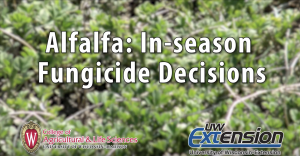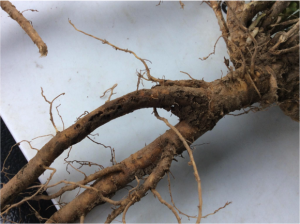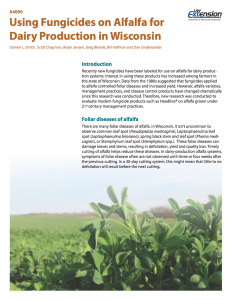2018 Wisconsin Field Crops Pathology Fungicide Tests Summary Now Available
Damon Smith, Extension Field Crops Pathologist, Department of Plant Pathology, University of Wisconsin-Madison
Brian Mueller, Assistant Field Researcher, Department of Plant Pathology, University of Wisconsin-Madison
Each year the Wisconsin Field Crops Pathology Program conducts a wide array of fungicide tests on alfalfa, corn, soybeans, and wheat. These tests help inform researchers, practitioners, and farmers about the efficacy of certain fungicide products on specific diseases. The 2018 Wisconsin Field Crops Fungicide Test Summary is now available. These tests are by no means an exhaustive evaluation of all products available, but can be used to understand the general performance of a particular fungicide in a particular environment. Keep in mind that the best data to make an informed decision, come from multiple years and environments. To find fungicide performance data from Wisconsin in other years, visit the Wisconsin Fungicide Test Summaries page. You can also consult publication A3646 – Pest Management in Wisconsin Field Crops to find information on products labeled for specific crops and efficacy ratings for particular products. Additional efficacy ratings for some fungicide products for corn foliar fungicides, soybean foliar and seed-applied fungicides, and wheat foliar fungicides can be found on the Crop Protection Network website.
Mention of specific products in these publications are for your convenience and do not represent an endorsement or criticism. Remember that this is by no means a complete test of all products available. You are responsible for using pesticides according to the manufacturers current label. Some products listed in the reports referenced above may not actually have an approved Wisconsin pesticide label. Be sure to check with your local extension office or agricultural chemical supplier to be sure the product you would like to use has an approved label. Follow all label instructions when using any pesticide. Remember the label is the law!


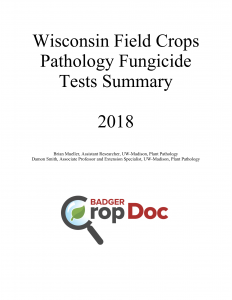
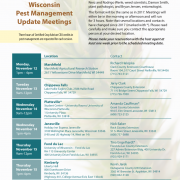
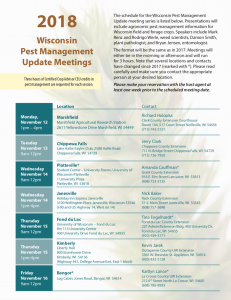
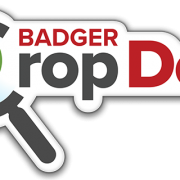
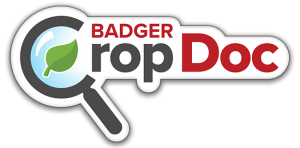 Welcome to
Welcome to 

